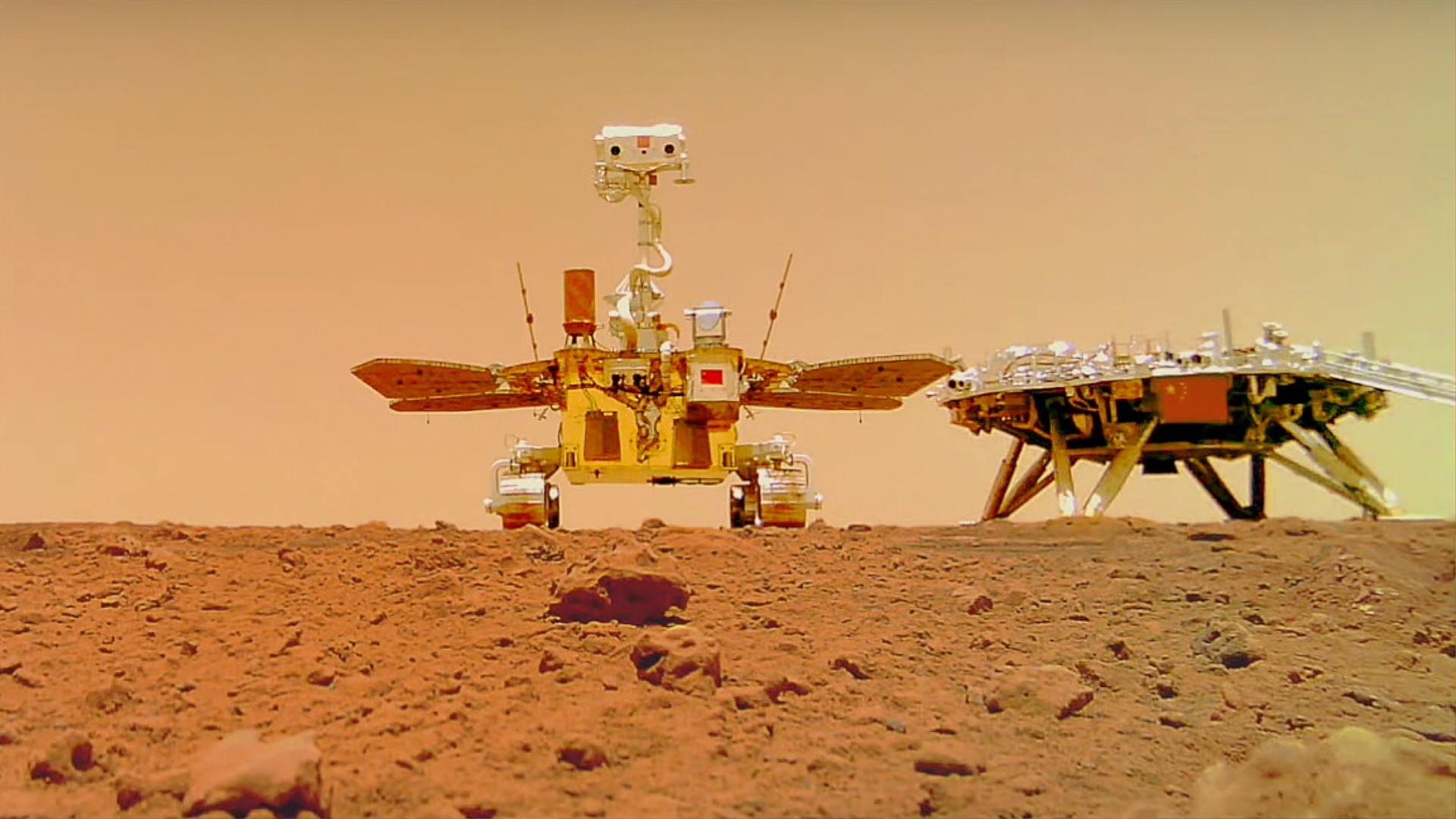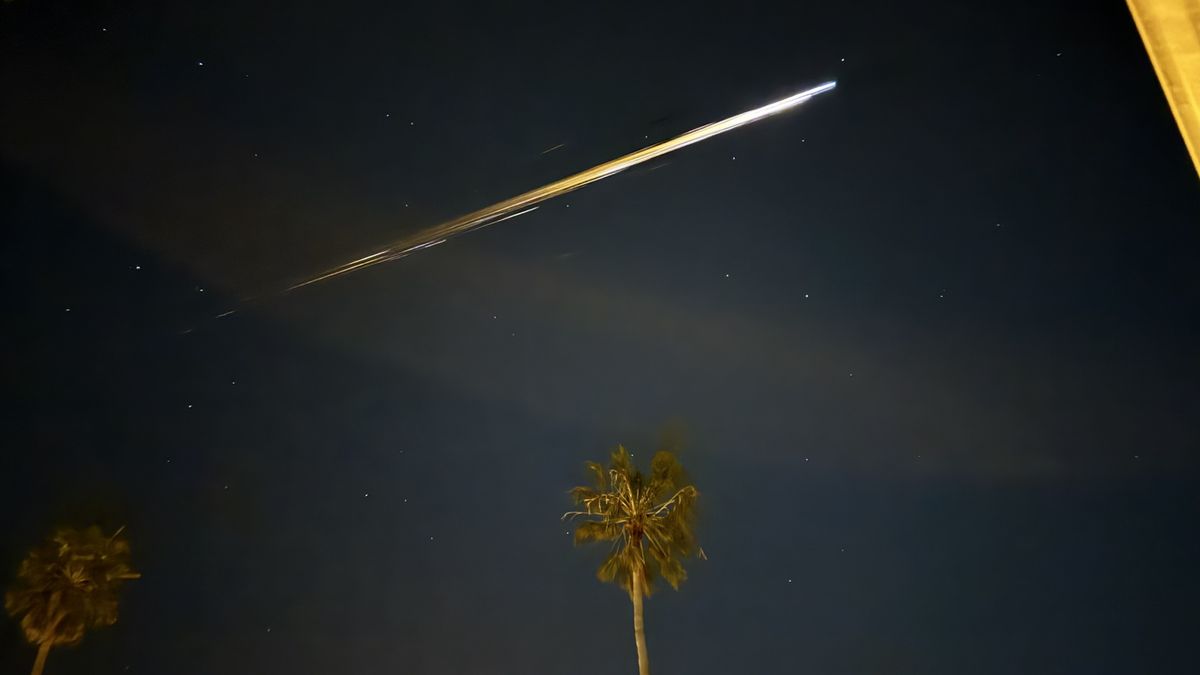A new satellite launched to examine Earth’s tiny marine life and small atmospheric particles. The NASA PACE mission took off at 1:33 a.m. ET Thursday aboard a SpaceX Falcon 9 rocket from Cape Canaveral Space Force Station in Florida. The rocket’s booster landed back on Earth about 10 minutes after launch.
Initially scheduled for Tuesday morning, the launch was delayed twice due to high winds and cumulus clouds. However, the weather conditions were more than 95% favorable for launch on Thursday morning.
The mission aims to provide insight into how aerosols, clouds, and phytoplankton serve as indicators for ocean health and global warming. The three instruments aboard PACE, including two polarimeters and one camera, will capture a diverse range of data across different wavelengths of light, enabling researchers to observe things never seen before.
Although designed as a three-year mission, PACE has enough fuel to continue orbiting and studying Earth for up to 10 years. It will join a fleet of more than two dozen NASA Earth science missions to gather data on oceans, land, ice, and the atmosphere, providing more insights into changes in Earth’s climate.
NASA Deputy Administrator Pam Melroy stated, “We are undeniably in the midst of a climate crisis. Our planet is undergoing transformative changes from the surge in extreme weather events and devastating wildfires to the rising sea levels.”
“NASA is not just a space and aeronautics agency. We are a climate agency. We leverage the unique vantage point of space to study our home as a holistic planet, collecting vital earth science data. This information is then available to people worldwide, empowering them to make informed decisions on how to safeguard our planet and its inhabitants for generations to come.”
In January, NASA and other agencies announced that 2023 was the hottest year on record, contributing to an overall trend in which global temperatures have warmed over the past decade, according to Kate Calvin, chief scientist and senior climate advisor at NASA.
The warming is largely driven by greenhouse gases like carbon dioxide. After being released, some of the carbon dioxide remains in the atmosphere and traps greenhouse gases that warm up the planet.
The mission will provide a better understanding of the exchange of carbon between the ocean and the atmosphere and will also study aerosol particles in the atmosphere made of pollutants, dust, smoke, and sea salt, which can affect cloud formation, Earth’s weather, air quality, and climate.
About 70% of Earth’s surface is covered by oceans, presenting more questions than answers. PACE will aim to change this by studying ocean biology and teaching us about the oceans in the same way that Webb is teaching us about the cosmos.
PACE will search for the light reflected from phytoplankton to see where they thrive on the surface of Earth’s oceans. The mission carries the Ocean Color Instrument, using more than 100 different wavelengths of light to study phytoplankton on a global scale and identify different species, including those that pose a threat to other life-forms, from space for the first time.
Phytoplankton play a major role in maintaining the marine food web and absorbing carbon dioxide, contributing over 50% of all the oxygen ever produced on Earth. While some species of phytoplankton are beneficial to marine life, others can be harmful, producing dangerous toxins that can spoil drinking water and disrupt ecosystems. PACE observations can help scientists understand which species cause toxic blooms and how to prevent them in the future.










